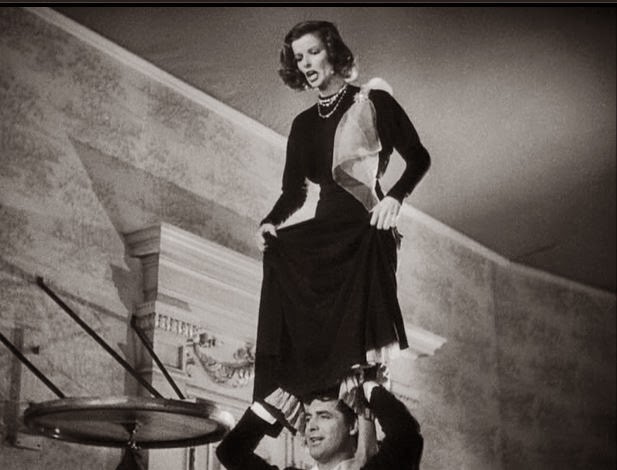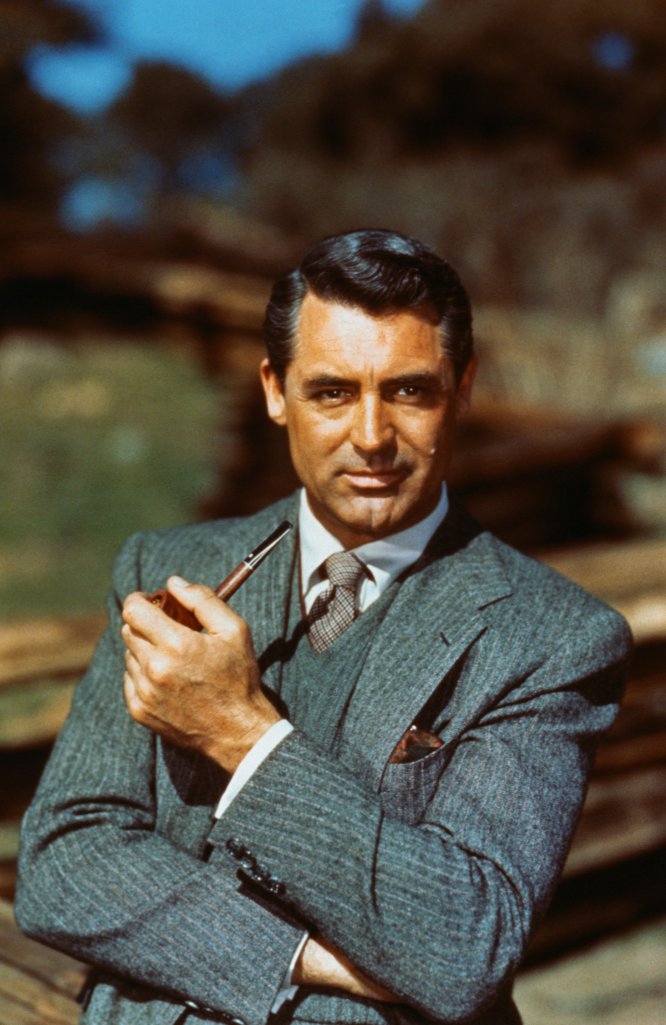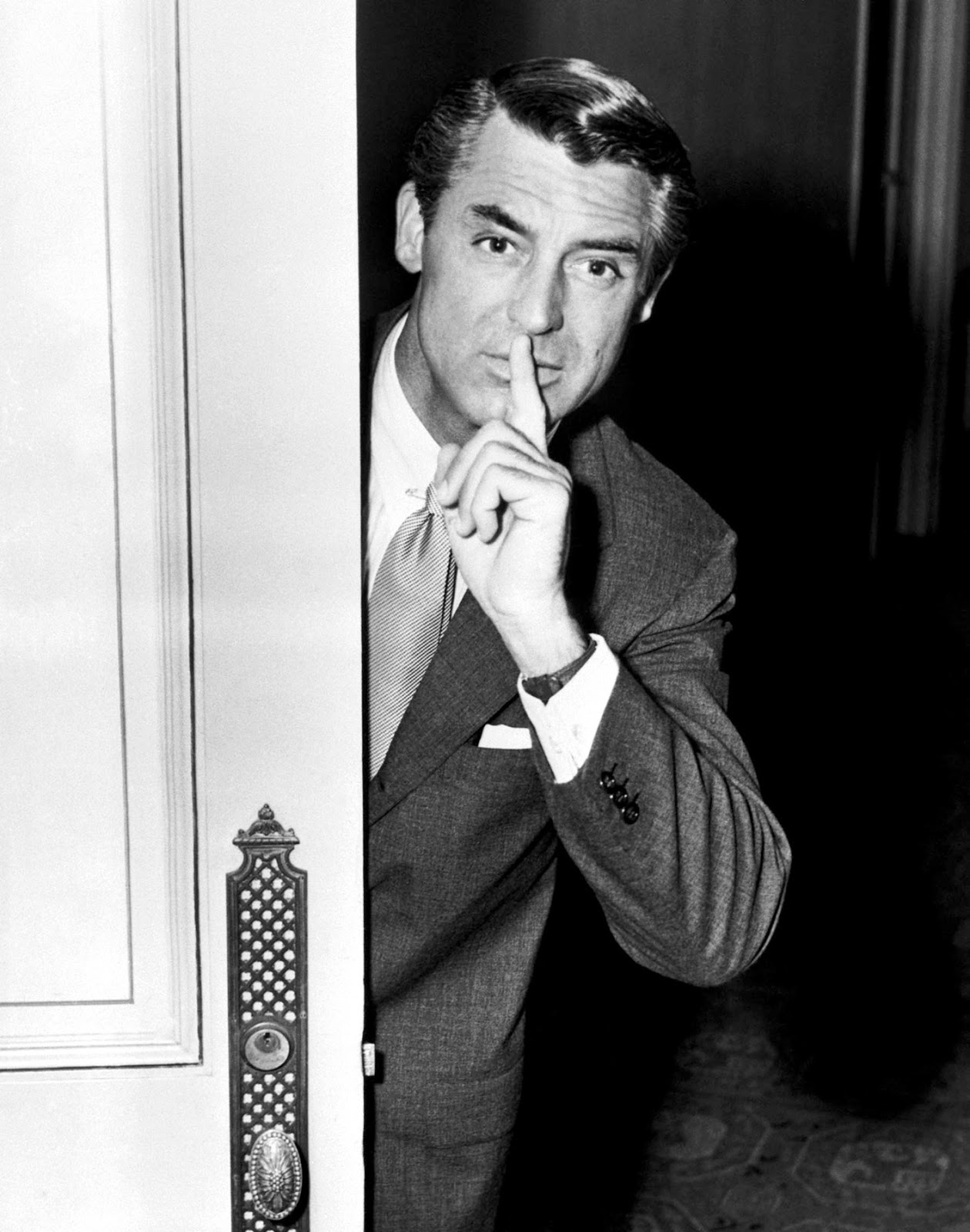By Kathy Kovach
 |
| Cary Grant, relaxing in Monte Carlo |
When watching your favorite actor on the silver screen, do you think about who he was in his private life? Did Tarzan’s Johnny Weissmuller swing from vines in his backyard? Did John Wayne swagger when no one was looking? Did Fred Astaire tap dance in his local Five & Dime—in a tux?
Here’s the skinny.
 |
| Shall We Dance, 1937 |
We’ve seen him roller skate in Shall We Dance (1937) with Ginger Rogers. In The Belle of New York (1952), he ice skated his way into Vera-Ellen’s heart. By the time he was well into his 70s, he’d taken up skateboarding and had acquired a lifetime membership in the National Skateboarding Society of America for bringing recognition to the sport.
He’d become quite good at it until, unfortunately, his new hobby came to an abrupt halt when he fell off a young relative’s skateboard and broke his wrist. The man was 78! He was due to travel to Ireland to make a movie, and production had to pause until he healed. I would have loved to see him in a backwards ball cap, shades, and neon jams. Gnarly, dude!
Speaking of debonair dreamboats, Archibald Leach, who would eventually become Cary Grant, was born in Bristol, England to a working-class family in 1904. His mother had high hopes for him, dreaming that someday he’d become “a piano player and a gentleman”. However, Archie had other plans. He ran away from home—on a scooter—but was swiftly returned to his family. With Archie’s mother committed to a psychiatric hospital when he was young, his homelife was tumultuous.
In an apparent attempt to help the boy find direction, a teacher introduced him to the theater, which led to a moment that changed his life. “I suddenly found my inarticulate self in a dazzling land of smiling, jostling people wearing and not wearing all sorts of costumes and doing all sorts of clever things. And that’s when I knew! What other life could there be but that of an actor?”
Still trying to grasp the reins of his own destiny, he forged his father’s name on an application and conned his way into an acrobatic troupe. Young Archie’s father found him out, and he was returned home. Unfortunately, the boy’s heart belonged elsewhere, and he was expelled from school. With his father’s blessing, he returned to the troupe at the age of 14 and never looked back.
 |
| Cary Grant and Katharine Hepburn, Holiday, 1938 |
After landing in Hollywood, and finally lighting his star, he became the suit-wearing, sophisticated actor that we all grew to love. However, he continued his acrobatic skills. Remember the screwball comedies of the 1940s? That was really Grant flipping his way out of a chair in Holiday (1938). Here's an entertaining clip. Keep watching after the "spoiler alert", which is that he gets the girl. Duh! He's Cary Grant!
As self-assured as he seemed on the big screen, Grant once made this observation: ”I have spent the greater part of my life fluctuating between Archie Leach and Cary Grant; unsure of each, suspecting each.”
 |
| Naval cadet Humphrey Bogart, 1918 |
After getting expelled from medical school, he enlisted in the U.S. Naval Reserve. This was in 1918 and WWI was nearly over. He was discharged in 1919 and returned to New York, continuing his chess playing, becoming Class A to expert strength, according to Chess.com. I don’t know what that means, but it sounds impressive.
The acting bug bit in 1920 and he went on to play minor roles on Broadway, but his chess board was always nearby in the wings. The 1929 stock market crash sent him to the local parks and Coney Island, hustling games of chess for dimes and quarters. A year later, he relocated to Hollywood, but could only land minor parts. While struggling to become an actor, he joined various California chess organizations.
 |
| Actor and Chess Master, Humphrey Bogart |
After the immense success of Casablanca (1942), Bogart began playing chess through correspondence with soldiers overseas and with patients in VA hospitals. In 1943, the FBI got involved. They’d read all of the mail and came to the conclusion that Bogey was a spy sending secret codes to Europe. In actuality, he was simply moving his knight from 8b to 6c and trying to protect his king.
In 1945, Bogart and his fourth wife, actress Lauren Bacall, who also played chess, were featured with actor Charles Boyer on the cover of Chess Review magazine. This same year, Humphrey Bogart had achieved status as a tournament director for the California State Chess Association as well as the United States Chess Federation. He helped sponsor the August 1945 Pan American Chess Congress in Los Angeles and was selected as the Master of Ceremonies.
Apparently, actors are people, too. It’s fun to hear about their outside passions, be it acrobatics, skateboarding, or chess. That pedestal doesn’t seem so high when we learn more about our favorite stars.
Or, maybe they prefer we keep that under our hats.
A TIME-SLIP NOVEL
A secret. A key. Much was buried on the Titanic, but now it's time for resurrection.
To buy: Amazon






Thanks for posting this. It's fun to think of their activities outside of the famous roles!
ReplyDelete